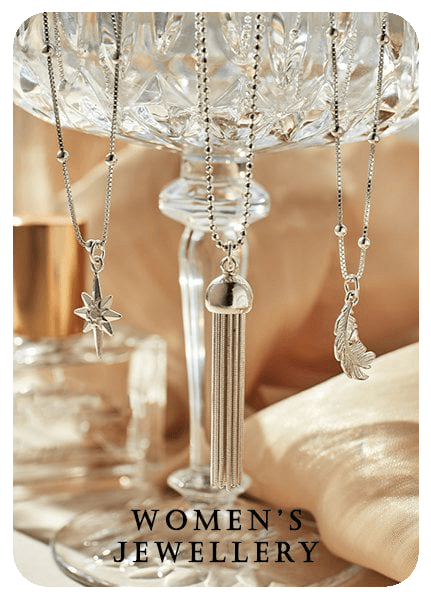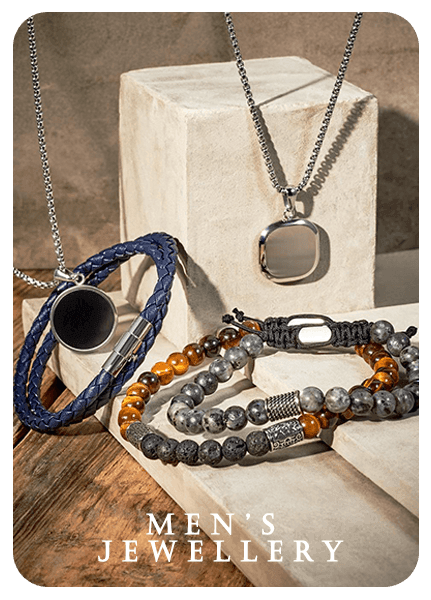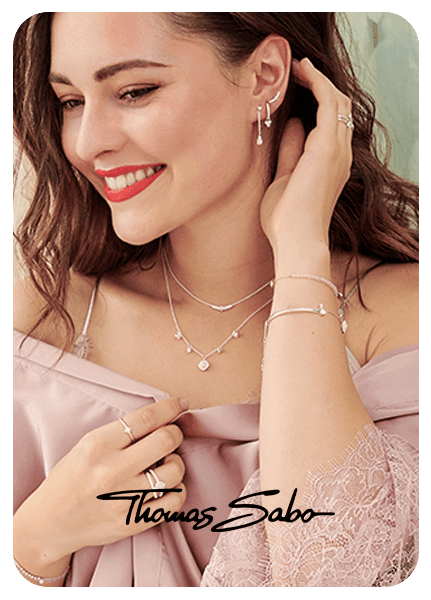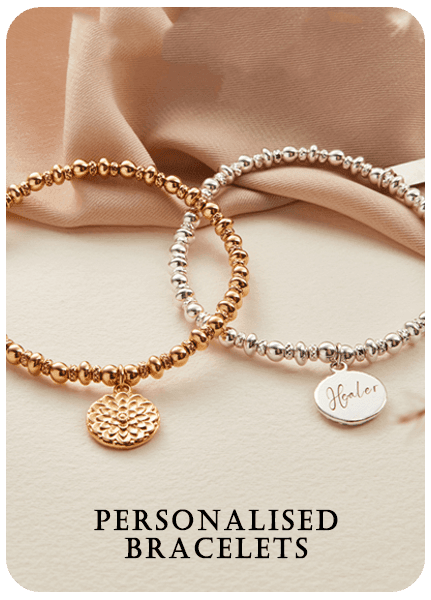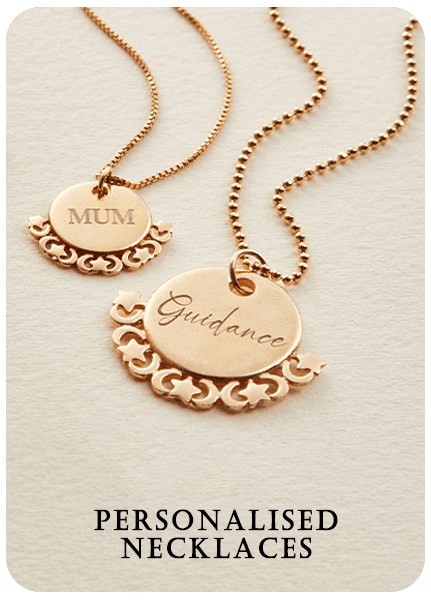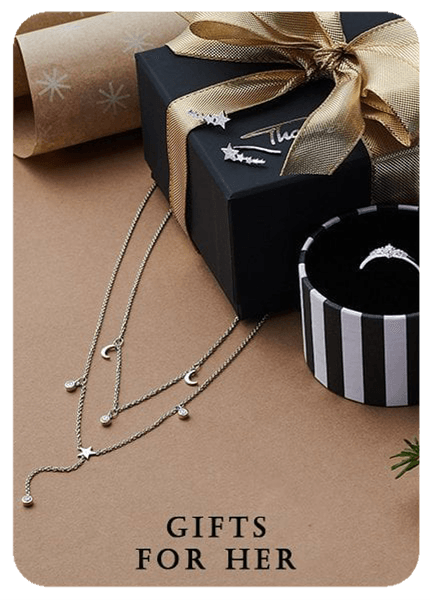Pearl Jewellery Care Tips: Keep Your Pearls Radiant
Contents
- What is so special about pearls?
- What do pearls symbolise?
- How can I tell if pearls are real?
- How do I care for pearl jewellery?
- Pearls at Acotis
Pearls are a staple for every jewellery box. This stunning gemstone boasts a rich history that has contributed to why pearl jewellery is unique and valuable. Let’s explore what pearls are and why they’ll always be the perfect accessory to any outfit.

What is so special about pearls?
Pearls are a classic style that will always be in fashion. Iconic actress and Princess of Monaco Grace Kelly was as quoted saying, ‘The pearl is the queen of gems and the gem of queens’ - and she wasn’t wrong!
Pearl jewellery has long been adored by royal historical figures such as Ann Boleyn, wife of Henry VIII. Even modern royals like Duchess Kate and Queen Elizabeth continue to wear pearls, with the queen being known to favour them for their ‘versatility’.
However, the reason why pearls remain so precious involves how they’re made and sourced.

How are pearls made?
Most gemstones are created in sedimentary rock. Gemstones, such as diamonds and amethysts, are formed by pressure and temperature changes in the rock.
You’d be forgiven for thinking that pearls are formed by sand or rock, as this is a myth that is still widely accepted. However, the pearl is a unique gem because it isn’t mined, cut, or polished.
Natural pearls are created in molluscs. Primarily pearls are created by oysters, but clams can also make them. Pearls form when a parasite is stuck in a mollusc, or there is damage to the shell. In defence, the mollusc produces a fluid called nacre, and this pale fluid hardens in layers to form a pearl inside the shell.
Where do you find pearls?
Pearls are often found in freshwater rivers, streams, and ponds with a population of molluscs. Most freshwater pearls come from China. While, Saltwater pearls are often found in Japan, Polynesia, and Australia.
Pearls are even found in the USA. Tennessee and Kentucky are key states to find freshwater pearls, while Hawaii is home to saltwater pearls.
The main place where pearls are the most sought after is Bahrain, on the Persian Gulf. Bahrain is known as ‘the island of pearls’, and Bahraini pearls are one of the most expensive types of pearls on the market.
In Bahrain, freshwater springs enter the salt water, making it the perfect spot to find pearls. The country is so proud of its pearl heritage that it banned the sale of cultured pearls in 1928.

What’s the difference between cultured and natural pearls?
You will often hear the phrases ‘cultured’ and ‘natural’ pearls. So what’s the difference between these two types of pearls?
Natural pearls are what you think they are: pearls formed in nature and harvested. These are often the most expensive types of pearls out there.
The majority of pearls you’ll find on the market are cultured pearls. Cultured pearls are formed in pearl farms where an irritant like a bead is used to provoke the oyster’s defence system. Cultured pearls are still real gemstones like natural pearls.

What do pearls symbolise?
There are many meanings behind pearls, both positive and negative. Let’s explore all there is to know about pearls and what they symbolise.
Are pearls unlucky?
Pearls are a popular choice for weddings because of their elegance and versatility. So it may surprise you to learn that pearls are a bad omen on a wedding day!
Pearls often represent tears and sorrow. In Ancient Greece, they believed pearls to be the tears of gods. While in Ancient Japan, they were said to be the tears of a mermaid. This symbolism means that pearls can be associated with bad luck.
Even though they’re popular among brides, it’s bad luck to wear pearls on a wedding day as they can represent sadness. While if someone gifts you with pearls, you should not accept the gift but instead, give them money to counter any ill will.
If you’re superstitious but love pearls, then your best bet is buying a gorgeous string of pearls for yourself!
How many years is a pearl anniversary?
When a couple celebrates a pearl anniversary, they have been together for 30 years. With 42% of marriages ending in divorce, a pearl anniversary is as rare, valuable, and beautiful as a natural pearl.

How can I tell if pearls are real or fake?
Real pearls will naturally have small imperfections as they are not made in a factory. Examining your pearls to see if they are asymmetrical or misshapen is a key indicator that they’re not made from plastic or tin.
The colour of your pearls will also tell you if they’re real or fake. Genuine pearls will always have a lustrous sheen, even though organic pearls may turn a tinge of yellow (more on that later). You’ll always see your reflection in a real string of pearls.
The unique iridescent hue within a pearl’s colour is hard to recreate, and fake pearls lack a subtle overtone in their colour. However, be careful as there are exceptions to this rule as some real peals are also not formed with an overtone. More expensive pearls will have more colour and radiance. Less expensive jewellery may feature real pearls that are almost opaque with a duller lustre.

How do I care for pearl jewellery?
Pearl jewellery is not something you can store with the rest of your bracelets, earrings, and necklaces. Luckily, maintaining that pearly white sheen is very simple!
Why do pearls sometimes turn yellow?
Even the most expensive pearls cannot fight the impact of time. However, this natural gemstone is prone to ageing as it is organically formed and not artificial.
Pearls turn yellow and may dry out if hidden in a jewellery box for too long. Storing pearls in a location that’s dark and dry will affect their colour over time.
However, it’s a common misconception that pearls are too precious to be worn.
How do I prevent pearls from turning yellow?
Pearls need moisture and sunlight to maintain their lustre, so their appearance improves the more you wear them. When you’re not wearing your jewellery, simply store your pearl earrings or bracelet in a small cloth bag or pouch on your dressing table.
Perfumes and makeup also affect the colour of pearls. Before putting on your pearls, wipe them with a cloth to clear any residue, oil, or lingering makeup that may have transferred from your skin. We recommend that you put on any pearl jewellery after your makeup and hair is finished. Just like lipstick, pearls must always be the last step of getting ready!
Reversing the yellowing process is not always achievable when a pearl has begun to flake or have abrasions. However, if your pearls have only just started to turn a tinge of yellow, it may be possible to save their sheen with gentle cleaning, a fabric pouch for storage, and wearing them for sunlight exposure.

Pearl Jewellery at Acotis Diamonds
Are you ready to find the perfect pearls for your jewellery box? We have a wide variety of pearl jewellery available at Acotis so that you can discover your next pair of pearl earrings or necklaces online here. Shop pearls and more key pieces like bracelets, earrings, and necklaces by designers such as Joma, Nomination, Thomas Sabo, and more.


